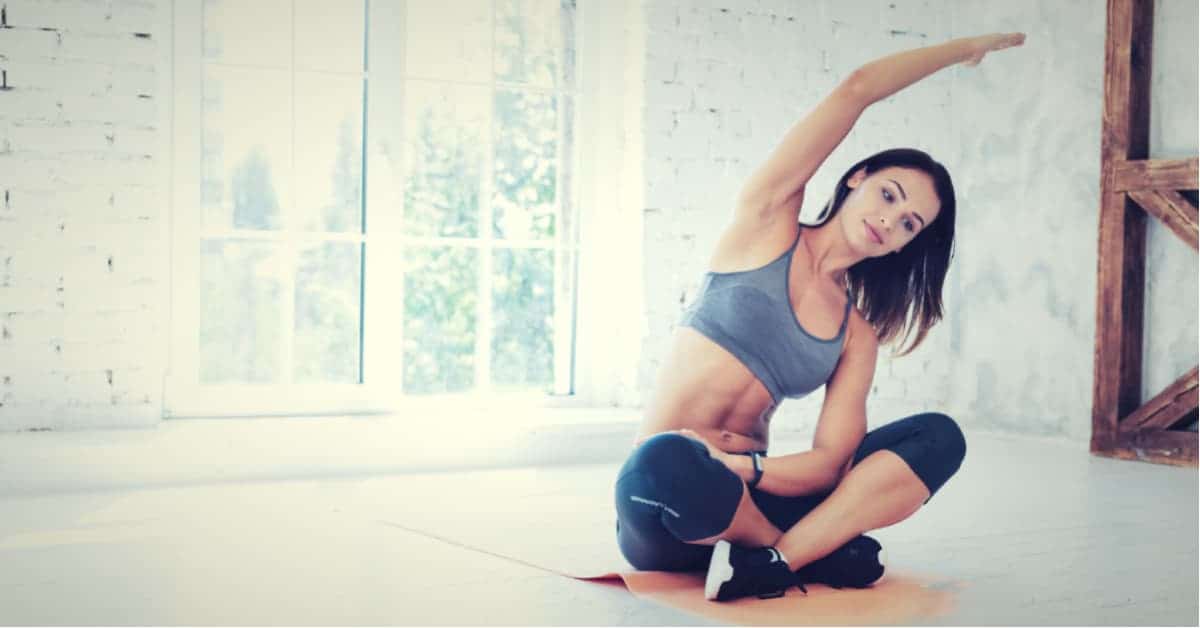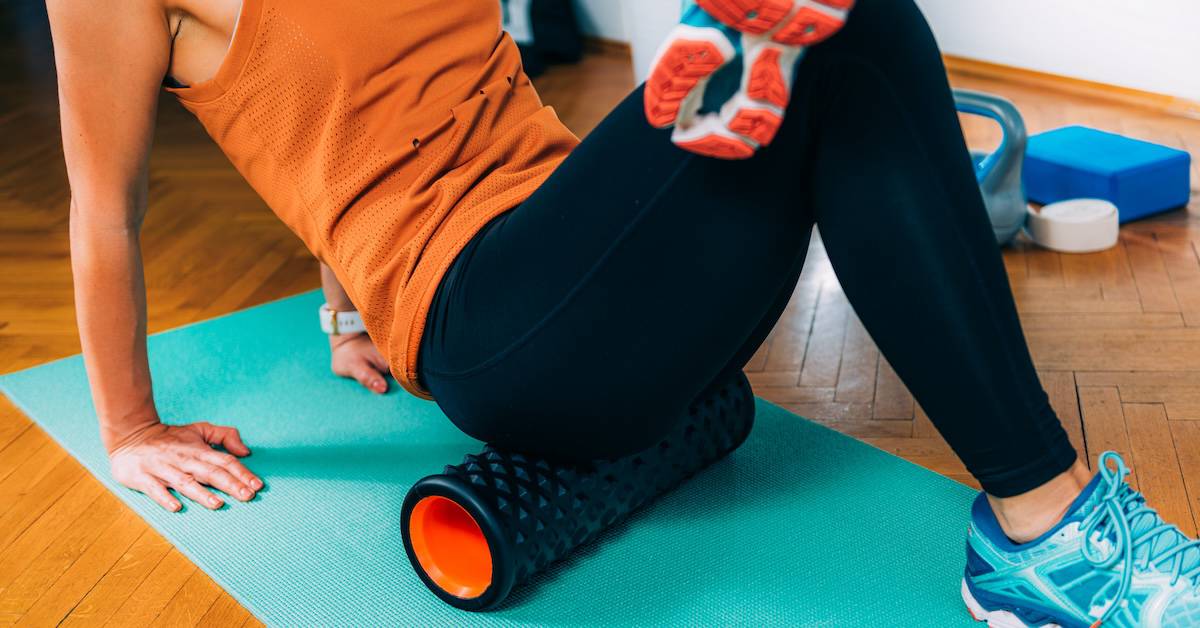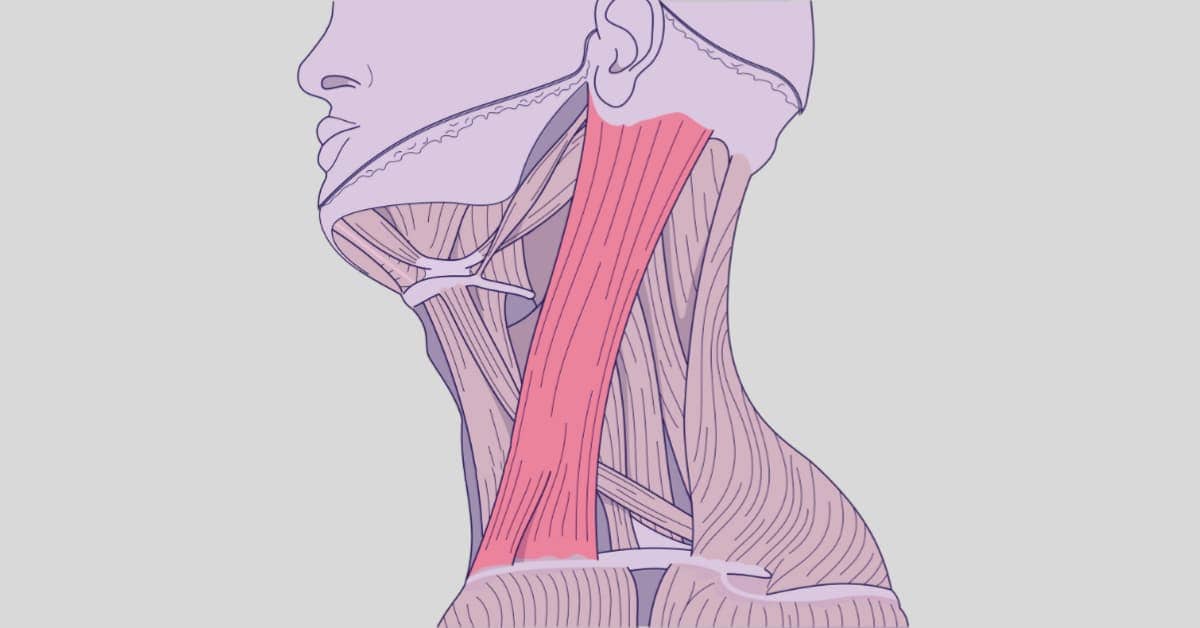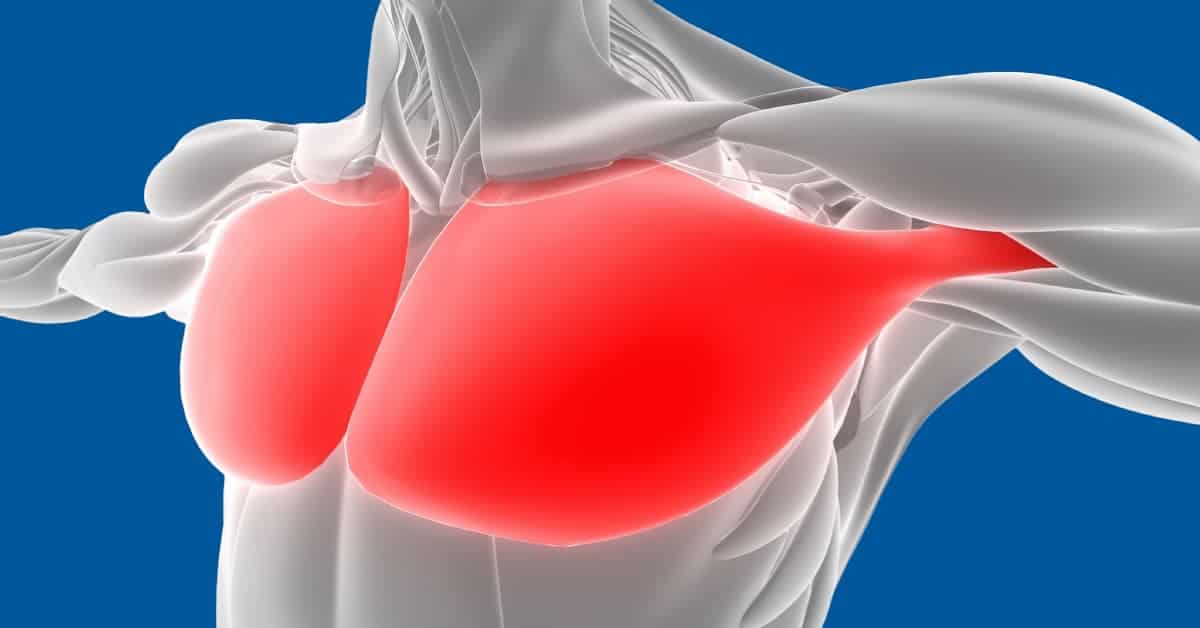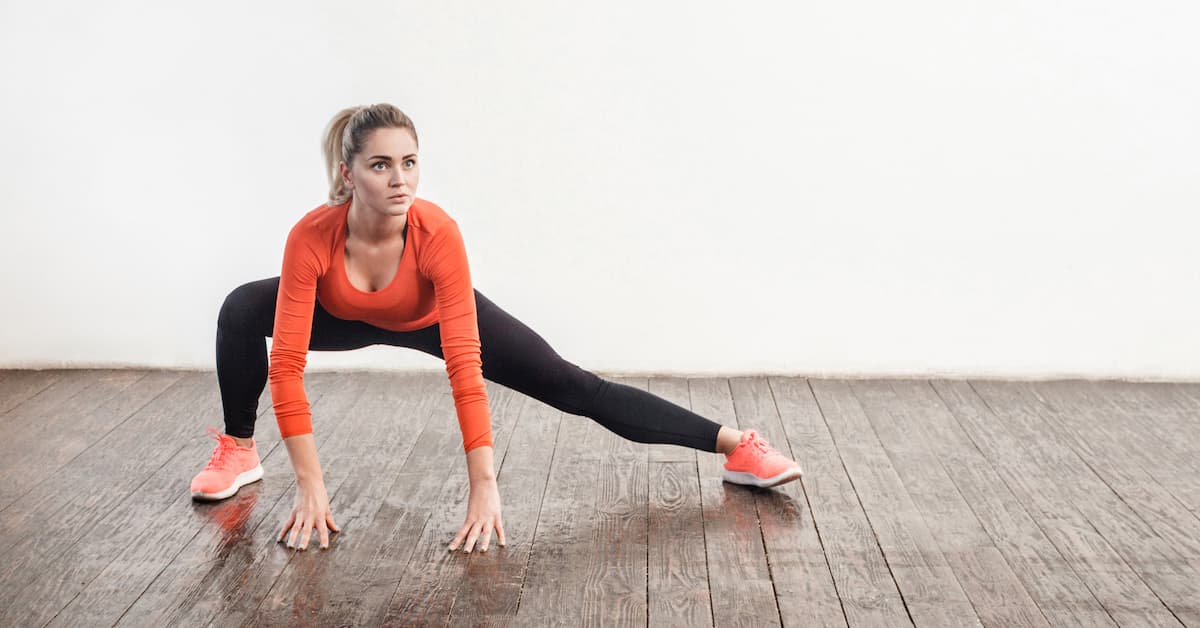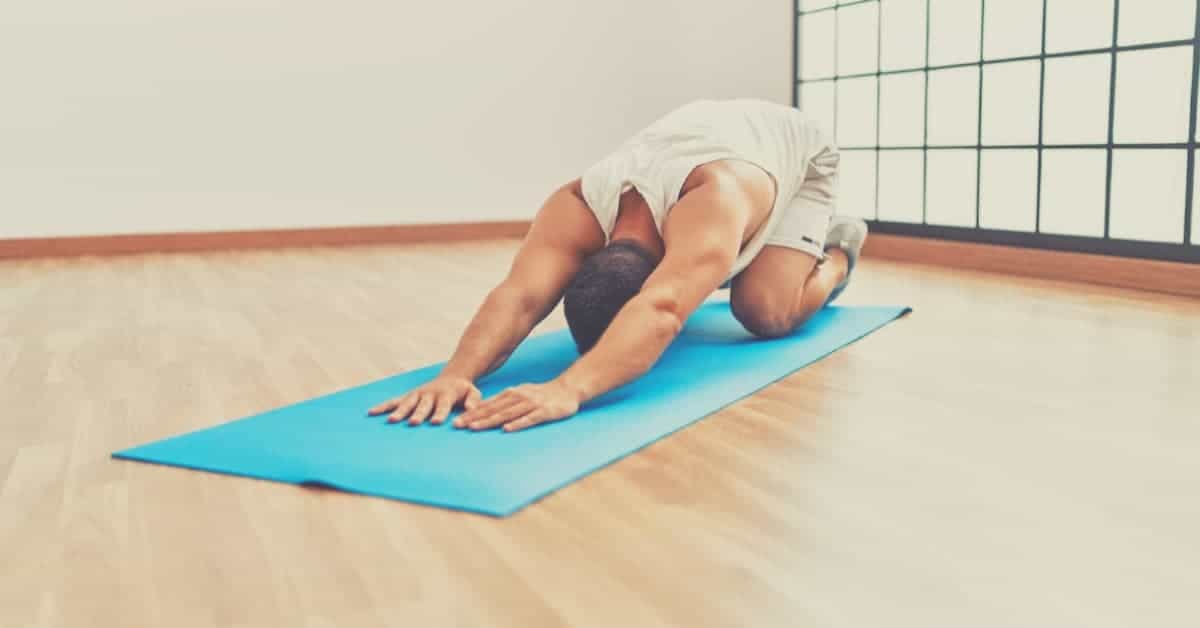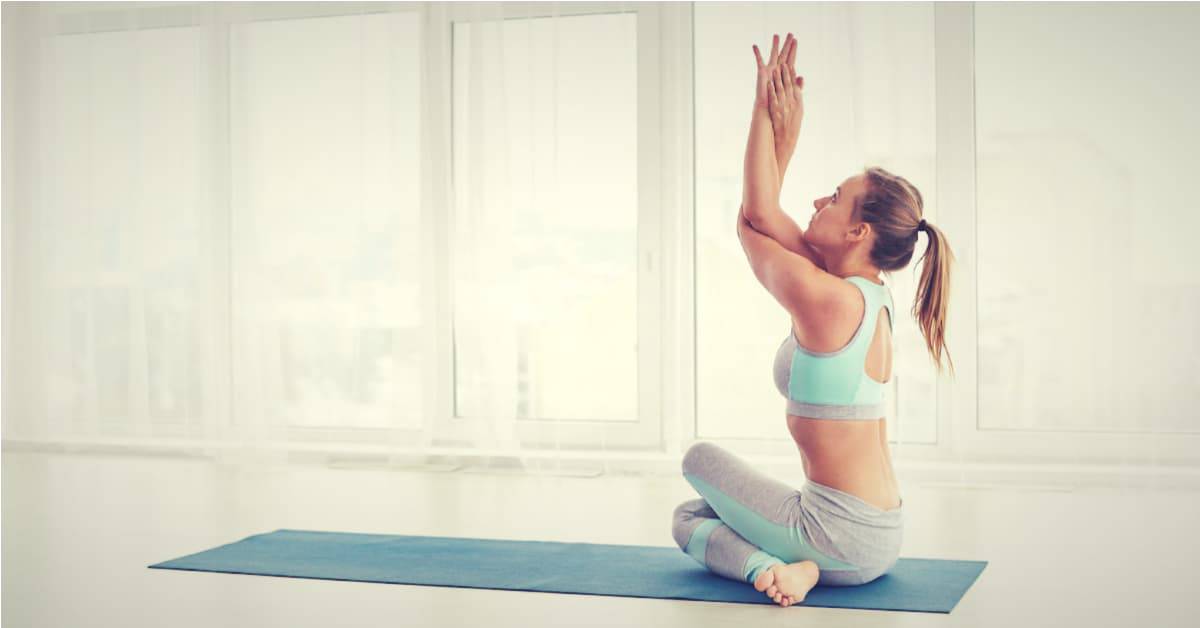If you often experience lower back pain or discomfort and notice that one side of your back feels tighter than the other, you may be dealing with an imbalanced quadratus lumborum (QL) muscle.
The QL is an essential muscle located in the lower back that can become tight and cause postural issues when imbalanced. This article will explore how to release and stretch the tight QL muscles and provide helpful tips to regain balance and alleviate discomfort.
I. What is the Quadratus Lumborum?
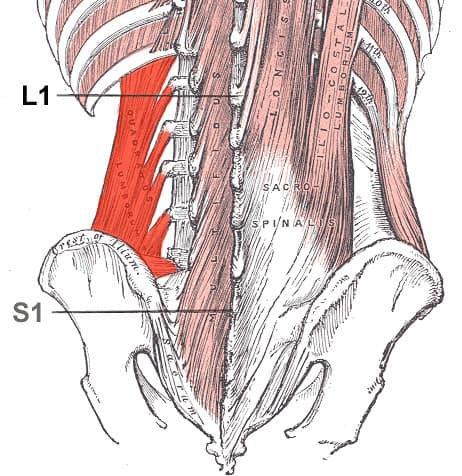
The quadratus lumborum, or QL for short, is a deep muscle in the lower back on both sides of the spine. It runs from the iliac crest (top part of the hip bone) to the lower ribs and the lumbar vertebrae.
The QL plays a crucial role in our daily activities, including stabilizing our spine, helping us maintain an upright posture, and allowing side-to-side bending and twisting motions.
II. Causes of QL Tightness and Imbalance
QL tightness and imbalances often stem from our daily habits and posture. We tend to stand with our hips swayed or sit with a slight twist, causing one side of our body to bear more weight. This uneven pressure can lead to muscle imbalances, with the QL being particularly susceptible to tightness on one side more than the other.
Other factors that contribute to QL tightness include prolonged sitting, weak muscles, imbalanced workouts and injuries [1]. Depending on your posture and overall health, these can affect both sides or just one.
III. Symptoms of a Tight and Imbalanced QL
A tight and imbalanced QL can manifest itself in various ways. One of the most telling signs is experiencing pain or discomfort in the lower back, particularly on the tight side. This pain may be localized or may be present on both sides, depending on the severity of the tightness.
A tight QL can also restrict your ability to bend and twist comfortably, leading to decreased mobility and flexibility. This can affect your overall quality of life, making it difficult to perform simple daily tasks or engage in physical activities.
The QL plays a crucial role in maintaining a neutral pelvis. If one side of the QL is tighter than the other, it can cause an uneven hip alignment or a tilted pelvis, leading to postural imbalances and discomfort.
Addressing tightness in the QL through targeted stretching and release techniques is crucial to alleviate these symptoms and help you regain proper posture, improved mobility, and a more balanced and pain-free daily life.
IV. QL Release Techniques
Before moving on to the stretches, releasing any tension in the QL is essential. Two effective methods for releasing a tight QL are a back massage stick and a massage ball.
QL massage stick release
A back massage stick with a curved hook, such as the Body Back Buddy, can be useful to release your tight QL effectively.
- Lie on your back on a comfortable surface.
- Place the hooked end of a massage stick on the floor, with the hook facing upwards.
- Position yourself so that the hook is pressing against your QL muscle on the tight side.
- Hold the stick with both hands and gently apply pressure into the tight area.
- Slowly move the stick up and down, massaging the tight area for 1-2 minutes.
QL massage ball release
For this release technique, you will need a massage ball. Starting with a softer one is recommended, especially if it’s your first time.
- Place a firm ball (such as a lacrosse or tennis ball) on the floor.
- Lie with your knees bent and your feet flat on the floor.
- Place your heels on a chair or an elevated surface, keeping your knees bent.
- Position the ball under the tight QL muscle.
- Gently lower your body weight onto the ball, applying pressure.
- Slowly move your body to massage the tight area for 1-2 minutes.
V. Stretches for the Quadratus Lumborum
Now that you’ve learned some release techniques, it’s time to focus on stretching the QL muscles. Here are eight effective stretches to help you target the tight QL, improve flexibility, and alleviate discomfort.
Standing QL stretch
- Stand with your feet shoulder-width apart.
- Cross one foot in front of the other.
- Raise the arm on the side of the back foot overhead.
- Bend your upper body sideways toward the front foot.
- Hold the stretch for at least 30 seconds, then switch sides.
Child’s pose with side reach:
- Begin in a child’s pose position, sitting back on your heels with your arms extended forward.
- Walk your hands to one side, stretching the opposite-side QL muscle.
- Hold the stretch for at least 30 seconds, then switch sides.
Forward bend QL stretch
- Stand with your feet shoulder-width apart.
- Raise the arm on the side you want to stretch, keeping it straight.
- Gently bend your upper body forward and then to the opposite side of the raised arm as if reaching for something across your body.
- Hold the stretch for at least 30 seconds, then switch sides.
Seated QL stretch
- Sit on a chair with both feet flat on the floor.
- Cross one leg over the other, resting your ankle on your opposite thigh.
- Raise the arm on the side of the crossed leg, keeping it straight, and gently lean your upper body forward and reach slightly across your body.
- Hold the stretch for at least 30 seconds and repeat on the other side.
Cross-legged QL stretch
- Sit on the ground with your legs crossed.
- Extend one arm overhead and bend your upper body to the opposite side.
- Hold the stretch for at least 30 seconds, then switch sides.
Seated straight-leg QL stretch
- Sit on the ground with one leg stretched out to the side and the other crossed.
- Reach the opposite arm over your head, bending your upper body toward the extended leg.
- Hold the stretch for at least 30 seconds, then switch sides.
Stability ball QL stretch
- Place a stability ball next to you.
- Kneel on the ground with your side facing the ball.
- Lean sideways onto the ball, stretching the QL muscle on the side facing up.
- Hold the stretch for at least 30 seconds, then switch sides.
90/90 QL stretch
- Sit on the ground with your legs in a 90/90 position (front leg bent at a 90-degree angle, back leg bent at a 90-degree angle and positioned behind you).
- Raise the arm on the side of the front leg, keeping it straight, and gently lean your upper body towards the opposite side.
- Hold the stretch for at least 30 seconds and switch sides.
VI. Tips for Maintaining QL Health and Balance
- Mind your posture: Be aware of your posture throughout the day, both when standing and sitting. Make an effort to maintain a neutral pelvis and evenly distribute your weight. Avoid sitting or standing with one hip hiked up, as this can cause uneven balance in the QL muscles, making one side tighter.
- Take breaks from sitting: Prolonged sitting can contribute to QL tightness. Make a point to stand up, walk around, and stretch at least once every hour.
- Strengthen your core: A strong core can support your spine and help maintain proper posture. Incorporate core exercises into your fitness routine to help keep your QL muscles balanced. Ensure that you balance the strengthening between the two sides equally, which can help prevent imbalances.
- Stretch the tight side more: If you notice that one side of your QL is tighter than the other, you may need to stretch the tight side more often and for a longer duration to balance out the length of the QL muscles.
Final Words
By understanding the causes of QL tightness and imbalances, recognizing the symptoms, and incorporating the release techniques and stretches mentioned in this article, you can work towards correcting any imbalances in your hips and alleviating discomfort.
Implementing the tips for maintaining QL health and balance can further help you prevent tightness and improve your overall posture, mobility, and quality of life. Remember, consistency is key, and you must consult with a healthcare professional if you’re unsure about any techniques or continue to experience pain.
